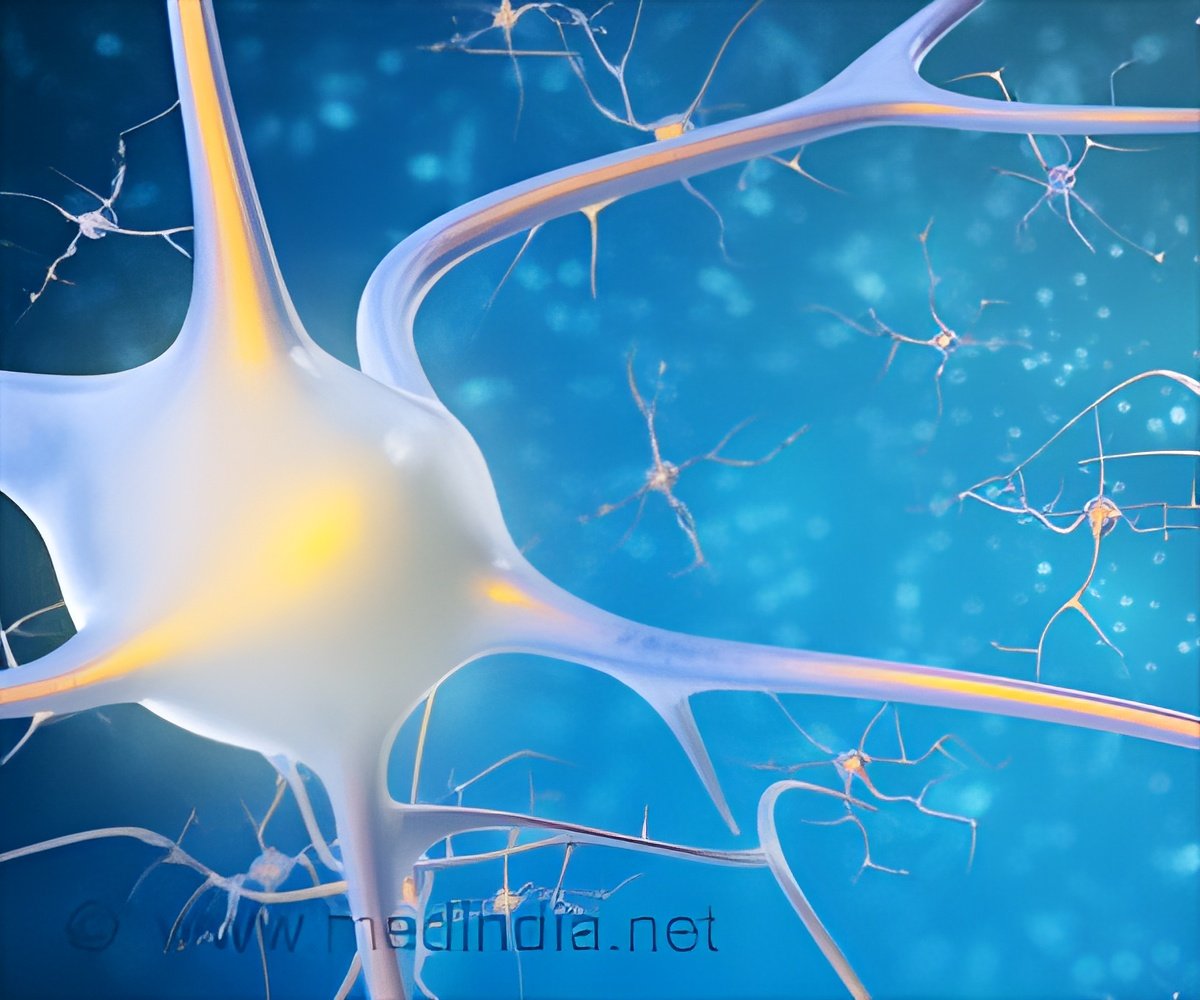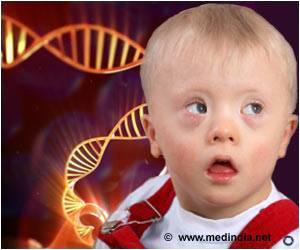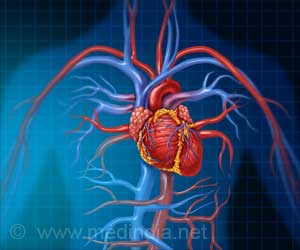Mutations in two genes that lead to the death of nerve cells in amyotrophic lateral sclerosis (ALS) and related degenerative diseases were discovered by researchers.

The finding is the latest in a series of discoveries suggesting degenerative diseases and cancer may have common origins. RNA is the molecule that directs protein assembly based on instructions carried in DNA.
The study led by St. Jude Children's Research Hospital also adds to evidence that seemingly unrelated neurodegenerative diseases may involve similar defects in RNA metabolism.
Researchers linked the problems to a specific region of the mutated proteins whose normal function was unclear.
"I hope this study helps to build the foundation for desperately needed treatments for ALS and perhaps a broad range of diseases caused by abnormal RNA metabolism," said J. Paul Taylor, M.D., Ph.D., an associate member of the St. Jude Department of Developmental Neurobiology and senior author of the study.
ALS is nearly always fatal, often within five years. Patients suffer muscle wasting and paralysis that affects their limbs and trunk as well as their ability to talk, swallow and breathe. There is no cure.
Researchers found the families carried a single, previously unknown mutation in a pair of RNA-binding proteins named hnRNPA2B1 and hnRNPA1. The proteins both bind RNA and help regulate its function. When researchers checked for the same mutations in 517 ALS patients they found hnRNPA1 protein mutated in two patients. One patient had the inherited form of ALS. The other ALS patient had no family history of the disease.
Researchers showed the prion-like domains are responsible for the shape change that occurs when these proteins convert into slender threads called fibrils. The mutations accelerate fibril formation and recruit normal proteins to form fibrils. This phenomenon called propagation may explain how ALS and related diseases spread throughout the nervous system.
Taylor speculated that the normal function of prion-like domains is to assemble RNAs into temporary structures called granules, which are part of the cell's normal protein production machinery. Granules are normally short lived, and the RNA-binding proteins involved in their formation are recycled. But in cells with hnRNPA2B1 or hnRNPA1 mutation, RNA granules accumulated in the cytoplasm instead of being disassembled.
"That's bad news for RNA regulation, which is bad news for those cells," Taylor said.
The study has several important implications, Taylor said. Recognition that the mutations adversely impact regulation of RNA could lead to targeted therapy to correct the problem. The mutation's location in the prion-like domain might also prove significant. Although the mutations in hnRNPA2B1 or hnRNPA1 appear to be rare, hundreds of other RNA-binding proteins have prion-like domains.
Taylor said patients with unexplained neurodegenerative diseases might have mutations in these proteins.
The study has been published in the advanced online edition of the scientific journal Nature.
Source-ANI
 MEDINDIA
MEDINDIA

 Email
Email






